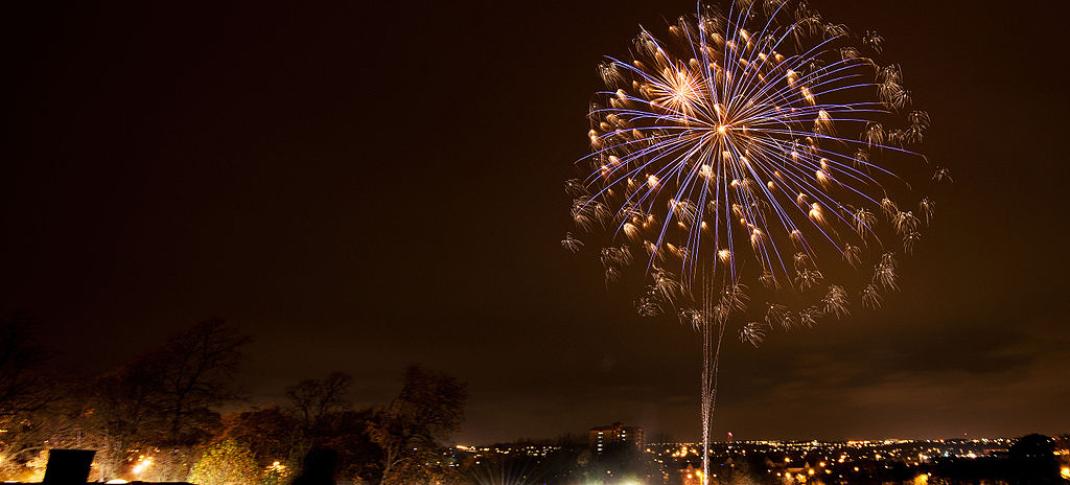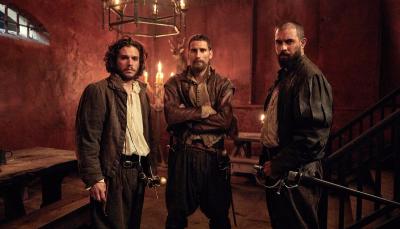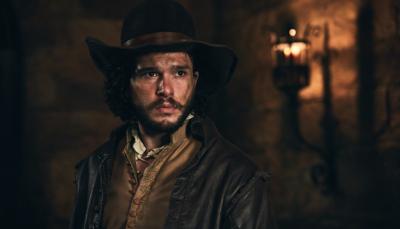Remember, Remember the Fifth of November: The Real Story of Guy Fawkes

Are you still picking the candy wrappers (or possibly even leftover candy) from their hiding places and wondering whether you should do something about the decaying pumpkin outside your house? And are you wondering whether you’d have these problems if you were a Brit?
Halloween is catching on in England, although the decaying matter outside your house there might be the cardboard from a toilet roll, a melon, turnip, or even a pineapple, anything big enough to hold a candle, following a run on pumpkins. But will the lure of candy (we call them sweets) and costumes supplant the traditional British celebration of November 5, Guy Fawkes Night, also known as Bonfire Night?
When I first came to the US and was asked if we celebrated Thanksgiving (seriously?) or Halloween, I politely responded that no, around that time of the year we burned traitors in effigy.
Let me explain.
Going back to the very early years of the seventeenth century, Queen Elizabeth I died without a direct heir and was succeeded by James VI of Scotland, son of her cousin Mary Queen of Scots, who became James I of England in 1603. Although the crowns were united, the two countries were still independent sovereign nations. James inherited many of Elizabeth’s ministers, including her Secretary of State Robert Cecil, who was instrumental in arranging for the succession. Cecil was also head of a sophisticated and widespread espionage system created in large part to keep Catholics in check. (You can learn about this from the PBS series Queen Elizabeth’s Secret Agents.)
Half a century after the creation of the Church of England, about 5% of the population clung to their Catholic faith. Elizabeth’s policy of tolerating Catholics, so long as they behaved and paid fines for missing church services, worked to a certain extent. But her government, and that of James I, feared foreign interference as personified by Catholic recruiters, European Jesuit priests, even though they had been banned from entering the country since 1584. It became clear that James I wanted to take a harder line, reviving the argument that Catholics’ allegiance to the Pope meant that they were potential traitors to the English crown. Naturally Catholics, who had hoped for more tolerance under their new ruler, were disappointed and feared that their position would become worse.
In 1604, charismatic aristocrat Robert Catesby became the leader of a group of 13 like-minded Catholics. Catesby had been in trouble before, taking part in the Essex Rebellion against Elizabeth, but was forgiven by the Queen who had a soft spot for him. Spymaster Cecil, who did not, almost certainly kept a very close eye on him for years afterward.

Among the conspirators was Guy, or Guido Fawkes, born in England and the only convert to Catholicism in the group. He was also the only member with military experience, having fought for ten years in the Spanish Netherlands, and took on the role of explosives expert. Their daring plan was to blow up the House of Lords when the king was in attendance for the opening of Parliament, kidnap his daughter Elizabeth (aged nine), and establish her as a Catholic monarch, with help from Catholics abroad.
By November 1605 Fawkes had acquired thirty-six barrels of gunpowder, which were stacked in the undercroft of the House of Lords (not a cellar, as commonly thought—it was the first floor of the building). Seventeenth century Westminster was a substantially different building from what we see today, an extended medieval palace with chapels, lodgings, shops and taverns.
This was a huge amount of explosives. ITV’s The Gunpowder Plot: Exploding the Myth (2005) built a replica of the House of Lords using modern building materials that simulated the stone structures and, using gunpowder made to a 17th-century formula, demonstrated exactly how devastating the explosion would have been. Debris would have been blown into the air at 160 mph and the blast would have killed anyone within a 300 ft. radius.
The conspirators’ plot was not exactly watertight, however; and someone, maybe Catesby himself, realized that Catholics in the House of Lords would not be spared. When one of them, Lord Monteagle, received an anonymous letter, hinting at "a terrible blow" planned for the opening of Parliament, he handed it in to Cecil.
When the king returned from a hunting trip on November 1, he was shown the letter by Cecil, and picked up immediately on those words. Cecil ordered the undercroft to be searched the night of November 4-5, and his guards discovered a huge pile of firewood and Fawkes disguised as a servant. A second visit revealed the barrels beneath the firewood and a defiant Fawkes was arrested. He was there to light the fuse, planning escape downriver to a ship bound for Europe. Under torture, Fawkes confessed the details of the plot on November 7 but continued to be tortured for another two days. Meanwhile the other conspirators fled north, pursued by Cecil’s men to the Midlands where several of them were killed trying to dry out the powder for their muskets over an open fire. In the ensuing fire from Cecil’s men, Catesby was killed, and the surviving eight were taken back to London to stand trial. At the trial in January of 1606, the conspirators were sentenced to a gruesome traitor’s death.
Immediately after the initial discovery, the Observation of 5th November 1605 Act required that every parish should commemorate the king’s miraculous rescue with a bonfire, and thus the tradition that became Bonfire Night was created. Interestingly, the Act was repealed in 1859, since the government realized that Guy Fawkes was now seen as a folk hero. As time went on, other elements were added like the creation of an effigy, known as the guy, to be burned atop the bonfire, plus fireworks, special regional foods (here’s a recipe for parkin, a gingerbread-toffee bake), and parades. Lewes in East Sussex holds one of the most elaborate and spectacular parades in the country.
From the nineteenth century to fairly recent times, children would go out into their neighborhoods weeks before November 5 and ask passers-by for “a penny for the guy,” to raise money to buy fireworks. Sometimes families on an urban street would pool resources, whereas in the suburbs it was mostly a one-family affair.

These small gatherings have now been almost supplanted by community firework displays, offering food and music for an entrance fee—and emergency responders breathe a sigh of relief. But I think I’ll always remember the anticipation and the excitement of being out late at night. I particularly remember one very cold and clear Bonfire Night, when, despite the smoke of bonfires and fireworks, I saw the Milky Way for the first time. I could however live without the memory of potatoes roasted in the bonfire, burned on the outside, raw on the inside.
Some more interesting facts about November 5: Guy Fawkes Night (Day) was celebrated on this side of the Atlantic before Independence, but was known as Pope Day.
- The only place in England that has never celebrated Bonfire Night is St. Peter's School in York where Guy Fawkes was once a pupil.
- The HBO show Gunpowder starred Kit Harington as Robert Catesby. The actor is a direct descendant of Catesby on his mother’s side (his full name is Christopher Catesby Harington).
And, because the Gunpowder Plot was so absurdly ambitious and fell apart so easily you have to wonder whether Catesby and co. were set up. Was it really a plot by the manipulative Secretary of State Robert Cecil to accelerate anti-Catholic policies? What do you think?




